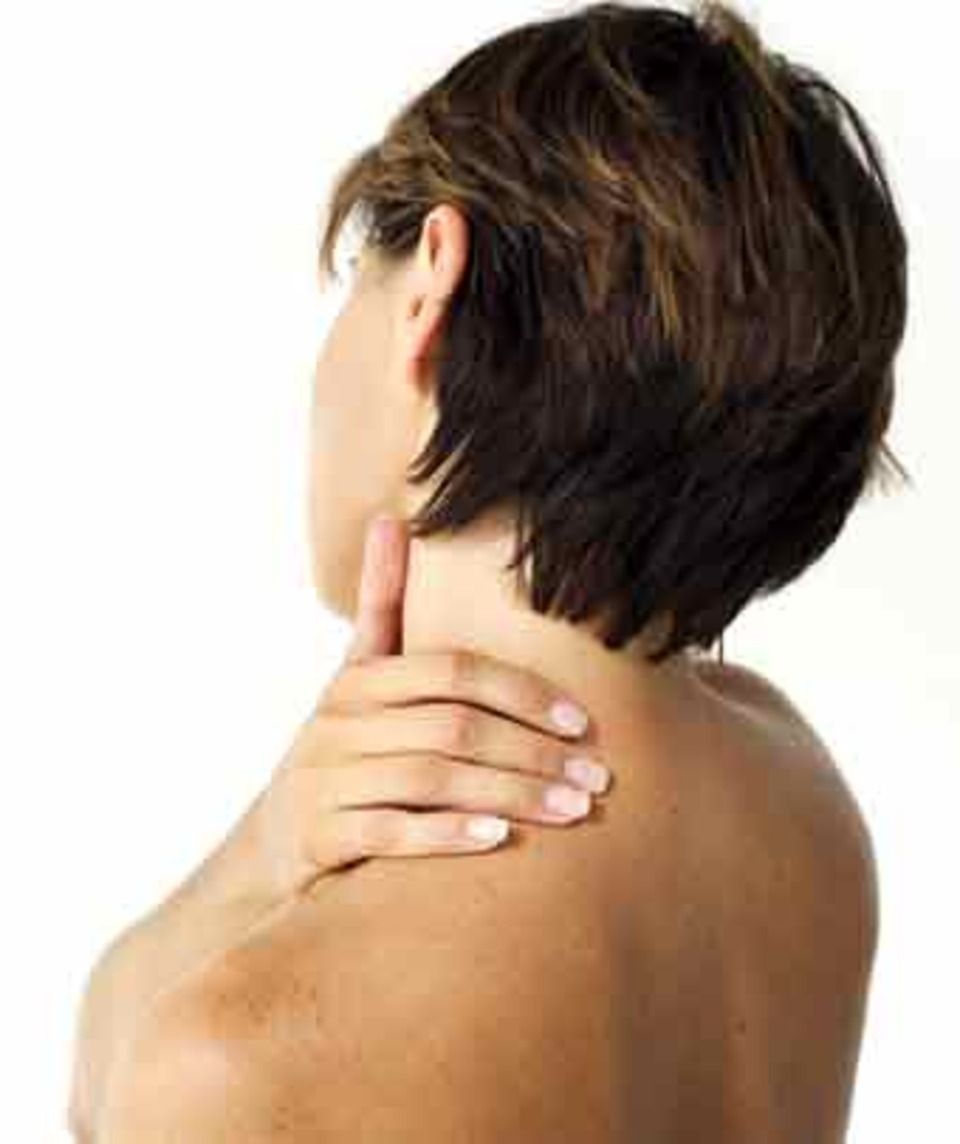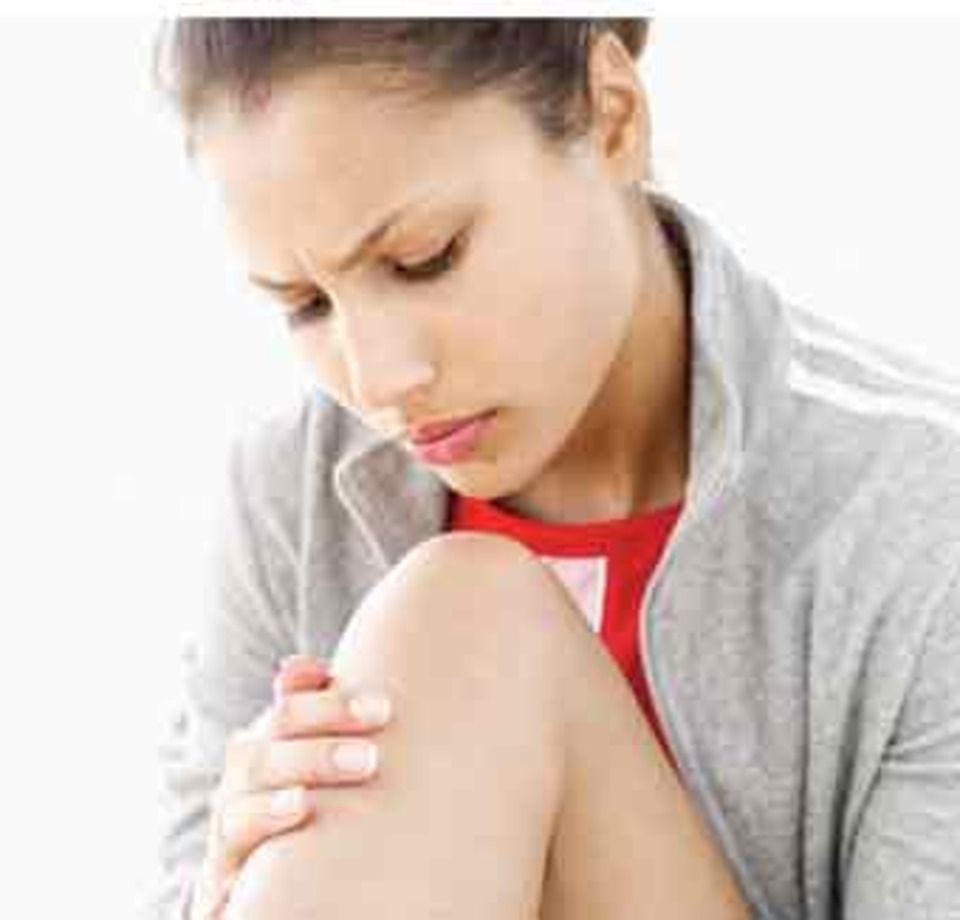EAT-MOVE-LIVE—Well, it happened. I’m part of the “club” now.
By Dr. Nic Giebler, D.C
I now own a FitBit.
I needed a new running watch and decided to go with the FitBit Surge. It’s a watch that tracks how many steps I take each day, how many flights of stairs I climb every day, and it can also be used as a GPS running watch. That last reason was the reason I bought it. But now that I’ve had it for a couple weeks, there is so much more it can do!
I’ve seen so many more people with FitBits on at my office that it has become a regular conversation topic. I’ll ask how many steps they have in that day, or what is their record for most steps in a day, etc.
While not long ago I was skeptical of the whole idea of a FitBit (I’m healthy…I don’t need to know how many steps I take in a day…I count by miles because I’m a runner!), I have to say that I love the concept and I highly recommend it for those of you looking to lose some weight and/or get more active. Here are some of the reasons that I enjoy having the FitBit on my wrist:
5. It hides under your clothes.
It’s not that big. As a chiropractor, I need my wrists to be able to move freely while adjusting and performing muscle work on people at the office. There is no way I’d wear anything larger than this FitBit and not be driven crazy by having it on my wrist. I like the size of the FitBit because hides safely under my professional clothing and doesn’t impact my ability to work comfortably.
4. It gives you a much better idea of the quality of sleep you’re getting.
FitBit will tell you the quality of your sleep, which in turn helps you to concentrate on getting a better nights sleep. This helps with hormonal issues and cortisol issues, both of which sabotage weight loss.
3. It encourages a healthy spirit of competition…
…because you and your friends and family can compare steps walked. Getting you to “compete” takes the focus off of your own preconceived limitations (that we assume are true) and also makes it more of a game to keep walking! This helps you to be more accountable to your goals as well by putting you into competition…and in turn, being on the same “team” with like-minded people.
2. Some FitBits can track your heart rate.
This gives you a great idea of how hard you’re working when exercising, whether you’re burning fat or carbohydrates when exercising, and also lets you know your resting heart rate. The resting heart rate and its variability is a good way to track your overall health and how hard your heart has to work when doing simply day-to-day activities.
1. Keeps me focused on ‘moving’.
If I see that I only have 100 more steps to go to reach my step goal—I will actually stay out longer or walk that extra mile or take the “long way” to the car from the store. Motion is the KEY to better health. The FitBit works great to motivate you to simply MOVE! As someone who considers himself an active person, even I have found myself checking my ‘steps’ and looking to set new records for steps in a day.
So there you have it. If you’re looking for health help, you need to focus on three factors: Nutrition, Exercise, and Mental/Emotional Wellness. I can help with all of these things. One way to be more accountable on your own is through the FitBit! Join the team!
advertisement
I now own a FitBit.
I needed a new running watch and decided to go with the FitBit Surge. It’s a watch that tracks how many steps I take each day, how many flights of stairs I climb every day, and it can also be used as a GPS running watch. That last reason was the reason I bought it. But now that I’ve had it for a couple weeks, there is so much more it can do!
I’ve seen so many more people with FitBits on at my office that it has become a regular conversation topic. I’ll ask how many steps they have in that day, or what is their record for most steps in a day, etc.
While not long ago I was skeptical of the whole idea of a FitBit (I’m healthy…I don’t need to know how many steps I take in a day…I count by miles because I’m a runner!), I have to say that I love the concept and I highly recommend it for those of you looking to lose some weight and/or get more active. Here are some of the reasons that I enjoy having the FitBit on my wrist:
5. It hides under your clothes.
It’s not that big. As a chiropractor, I need my wrists to be able to move freely while adjusting and performing muscle work on people at the office. There is no way I’d wear anything larger than this FitBit and not be driven crazy by having it on my wrist. I like the size of the FitBit because hides safely under my professional clothing and doesn’t impact my ability to work comfortably.
4. It gives you a much better idea of the quality of sleep you’re getting.
FitBit will tell you the quality of your sleep, which in turn helps you to concentrate on getting a better nights sleep. This helps with hormonal issues and cortisol issues, both of which sabotage weight loss.
3. It encourages a healthy spirit of competition…
…because you and your friends and family can compare steps walked. Getting you to “compete” takes the focus off of your own preconceived limitations (that we assume are true) and also makes it more of a game to keep walking! This helps you to be more accountable to your goals as well by putting you into competition…and in turn, being on the same “team” with like-minded people.
2. Some FitBits can track your heart rate.
This gives you a great idea of how hard you’re working when exercising, whether you’re burning fat or carbohydrates when exercising, and also lets you know your resting heart rate. The resting heart rate and its variability is a good way to track your overall health and how hard your heart has to work when doing simply day-to-day activities.
1. Keeps me focused on ‘moving’.
If I see that I only have 100 more steps to go to reach my step goal—I will actually stay out longer or walk that extra mile or take the “long way” to the car from the store. Motion is the KEY to better health. The FitBit works great to motivate you to simply MOVE! As someone who considers himself an active person, even I have found myself checking my ‘steps’ and looking to set new records for steps in a day.
So there you have it. If you’re looking for health help, you need to focus on three factors: Nutrition, Exercise, and Mental/Emotional Wellness. I can help with all of these things. One way to be more accountable on your own is through the FitBit! Join the team!
advertisement


